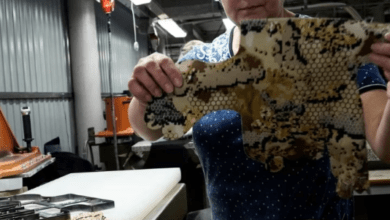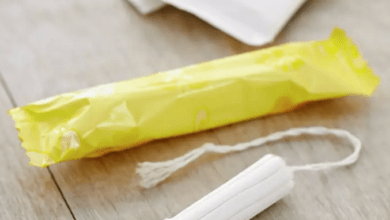FDA Sounds Alarm: Cease Using Certain Eye Drop Products Amid Infection Threat

FDA Sounds Alarm: Cease Using Certain Eye Drop Products Amid Infection Threat In a recent development that might leave you wide-eyed, the U.S. health officials are sounding the alarm about a bunch of eye drop products that could do more harm than good. No, it’s not a plot for a new sci-fi flick; it’s as real as your peepers.
The Food and Drug Administration (FDA) has pulled out its megaphone to announce that you should steer clear of not one, not ten, but a whopping 26 over-the-counter eye drop products. That’s right, it’s an eye drop apocalypse, folks.
Table of Contents
The Suspect Brands
The list of shady characters includes CVS Health, Leader (Cardinal Health), Rugby (Cardinal Health), Rite Aid, Target Up&Up, and Velocity Pharma. So, if your medicine cabinet is beginning to resemble an ophthalmologist’s dream, it’s time for some spring cleaning.
Why the Drama?
You might be wondering, “Why all the fuss, FDA?” Well, it turns out that the FDA donned its detective hat and found something fishy. They discovered bacterial contamination lurking in the dark corners of a manufacturing facility where these eye drops were created. It’s like a bacteria party, and nobody wants to be invited.
Store Shelves are Shedding Tears
The good news is that big players like CVS, Rite Aid, and Target have taken this seriously. They’ve started removing these eye drop products from their shelves both in-store and online. It’s like they’re performing a disappearing act, and you’re the audience.
Products labeled as Leader, Rugby, and Velocity might still be hanging around, but the FDA suggests you don’t take the bait. These products might be like that tempting slice of cake in the fridge after a long day – better left untouched.
No Harm, No Foul (Yet)
Here’s a bit of relief – none of these products have caused any trouble for users so far. So, if you’ve been using them, don’t panic just yet. But, of course, it’s time to make the switch to something safer for your precious peepers.
History Repeats Itself
This isn’t the FDA’s first dance with eye drop products. Just two months ago, they tapped us on the shoulder and whispered, “Hey, stop using these two eyedrops.” The reason? Bacterial and fungal contamination. It’s like our eyes are playing host to the world’s weirdest garden party.
Back then, the culprits were the drug-resistant bacteria Pseudomonas aeruginosa, Mycobacterium, Mycolicibacterium, and Methylorubrum. You don’t need to memorize these names, but they’re not the kind of guests you’d want in your eyes. They crashed the party in LightEyez MSM Eye Drops Eye Repair and Dr. Berne’s MSM Drops 5% Solution. Talk about gatecrashers!
It’s an Outbreak!
As if that wasn’t enough, the Centers for Disease Control and Prevention (CDC) had to join the party too. They reported an outbreak linked to Pseudomonas aeruginosa. It’s a bacteria strain that’s as unwelcome as that one neighbor who always borrows your lawnmower and never returns it.
In this case, 81 people got a not-so-pleasant surprise, with four of them tragically succumbing to infections. It was like a real-life horror story. And it all started with different brands of artificial tears and eyedrops.
The Blacklist
Turns out, more than ten brands were on the hit list, with the most notorious being Ezri Care Artificial Tears from India-based Global Pharma Healthcare. The FDA didn’t mince words; they said that Global Pharma’s testing was about as useful as an umbrella in a sandstorm. They also threw shade on their packaging skills, or lack thereof, and criticized the absence of proper preservatives.
Additional Eye Drops, Please?
But wait, there’s more! In February, two more companies recalled their eye drop products. However, these products were not connected to the infection outbreak, so they get a pass this time.
Unsolved Mystery
In the latest episode of the eye drop saga, the FDA didn’t give us all the juicy details. They didn’t spill the beans on which specific bacteria strain they found at the manufacturing site. It’s like leaving us with a cliffhanger at the end of a thriller movie.
So, folks, keep those peepers safe and sound. Double-check your eye drop collection and make sure you’re not harboring any unwanted guests. Your eyes will thank you, and you can avoid being a character in this real-life eye drop drama.






